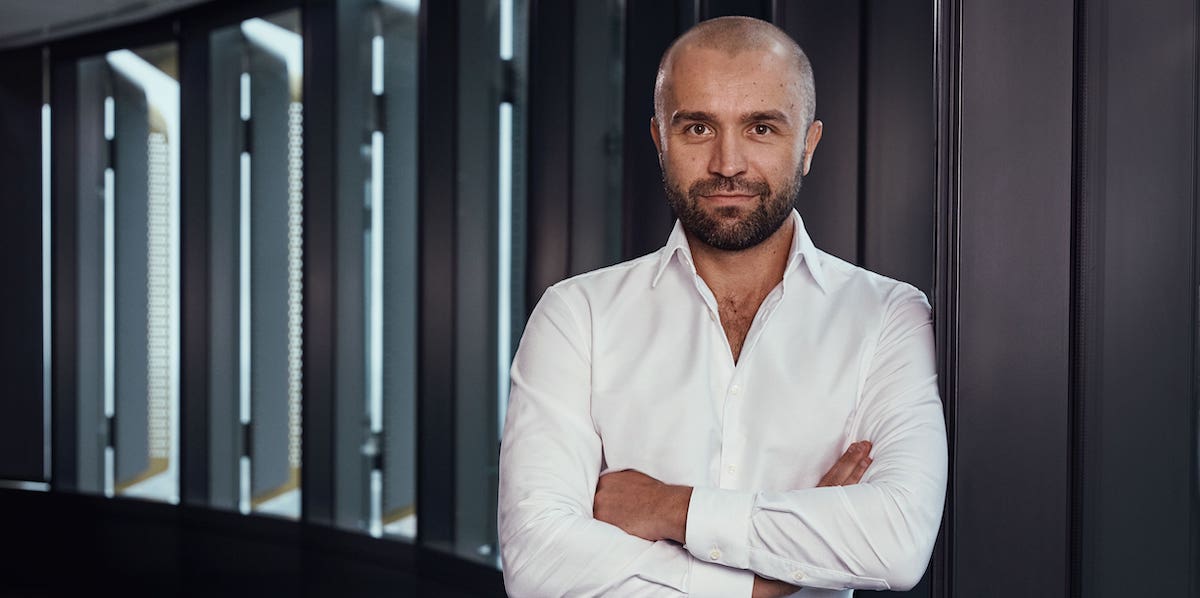In January this year, the world watched in horror as sky-high fires tore through 44 million hectares of Australian bushland, engulfing property, wildlife and humanity. Then, just as victims were emerging from the ashes, COVID-19 arrived and the local economy went into lockdown. Gross domestic product shrank 7% in the three months through June, unemployment rose as high as 7.5% and Australia entered its first recession in 30 years.
Beyond the bleak news headlines and broader economic downturn, I have uncovered evidence to suggest that a sizable chunk of the Aussie population see bitcoin as a ray of hope.
This post is part of CryptoX’s 2020 Year in Review – a collection of op-eds, essays and interviews about the year in crypto and beyond. Adrian Przelozny is CEO of Independent Reserve, a cryptocurrency exchange.
In November 2020, we conducted the annual Independent Reserve Cryptocurrency Index (IRCI) where we surveyed over 1,100 ordinary Australians to get a gauge on their current feelings about crypto. Crucially, we didn’t seek out existing crypto users, nor did we sample the users of our own exchange. We wanted to hear from everyday Australians from all walks of life and made our survey representative of Australian demographics.
The data revealed their confidence and trust in digital currencies had significantly improved. Almost one in five Australians now owns crypto, and, at 91.4%, nearly everyone had heard about it. But what is perhaps more poignant was the big change in how many people were inclined to think bitcoin is a scam – only 17.3$ are wary about it now, down from 21.3% in 2019. Instead, Australians are now more likely to view the world’s dominant crypto as a store of value, an investment vehicle or money.
We witnessed that growing confidence on our exchange, too, as we welcomed new traders in droves. Our worst month for account registrations in 2020 counted 50% more new signups than our best month in 2019. These are some of the most extraordinary growth numbers we’ve seen since Independent Reserve began in 2013.
To me, this proves that Aussies are getting behind crypto like never before, which isn’t surprising when you know how we love to back the underdog. That old story – one of willful perseverance and stoic resilience in the face of adversity – is baked into our national psyche. We love to see the little guy taking on the system.
In 2020, bitcoin is that underdog. Antithetical to the old and duly established world of centralized banking and governance, the nascent technology has attracted its fair share of haters. In particular, JPMorgan’s CEO Jamie Dimon has relished every opportunity to call bitcoin a fraud and compare its meteoric price rise with the tulip bulb bubble. He even attacked bitcoin holders themselves, telling them they’ll “pay the price for it one day” if they’re “stupid enough to buy it.”
The last three years of crypto winter have been bitterly cold and painfully long and it’s true that bitcoin dipped close to rock bottom. But those who truly believed in its ideology never lost hope.
And then, bitcoin bounces back with breathtaking gusto, silencing its naysayers to break its previous all-time high and set an impressive new personal best. In the process, it’s also won many new fans such as MassMutual, the 169-year-old insurance giant that never previously identified as a bitcoin believer but just bought US$100 million worth of bitcoin to diversify its own treasury. This has caught the world’s attention with Elon Musk now considering diversifying some of Tesla’s balance sheet,.
Even Jamie’s crew are warming up to it, with strategists at JP Morgan admitting that purchases like MassMutual’s are a clear signal for increasing institutional demand for bitcoin and, critically, a significant milestone as we edge ever closer toward mainstream adoption.
All this is mere validation for those who were already betting on bitcoin for their future. At Independent Reserve, we have over 8,000 self-managed super funds (SMSF) established by individuals who are going so long on crypto they’ve put their retirement savings into it. The first was created in 2016 when one savvy punter put AUD $41,000 into bitcoin. Today, that account is valued over 1.2 million AUD. That’s an annualized return of nearly 100% year on year.
Comparably, Australia’s leading “aggressive growth” industry superannuation funds returned 9% year on year over a five-year period.
So it’s not hard to imagine why 13% of IRCI survey respondents are pushing for their super fund to start investing in digital assets. That number is even higher if you ask the under-34 age group; almost 30% are keen on the idea and a further 25% said they were likely to set up an SMSF and do it themselves, should they have to wait any longer.
This is a critical insight when the Australian population is aging fast. Most pension funds are in outflow and struggling to demonstrate their relevance to the next generation. This could be the disrupt-or-be-disrupted story to define an era.
This lack of trust and confidence in institutions has been brewing for a while. This year, as big-league investors such as Paul Tudor Jones told the world they bought crypto as a hedge against central bank and government actions, and the money printer go brrr meme spread through Twitter like a virus, almost a third of under-45-year-olds told us they, too, were worried about the process of quantitative easing (QE) devaluing their wealth.
As such, each newspaper headline about a crypto bubble about to pop or some talking head dismissing it as a scam is probably doing more to assist adoption than they realize. They forget our nation’s positive bias for the one that isn’t meant to win but is fighting anyway. The one who was told to go home but is still here. That’s the little guy that we’ll keep cheering to the end.
In the year ahead, I expect we will see plenty of hardship thanks to the flow-on effects of QE as well as the unpredicted and unintended consequences of many COVID-19 policies. But I suspect this will only serve to strengthen Australia’s conviction. To the general public, bitcoin is still the up-and-comer, shunned by the traditional set and struggling to be recognized on the main stage. Honestly, that’s what makes it so likable. And with 7.7% of IRCI respondents admitting they planned to buy crypto in 2020 but didn’t due to COVID-related economic pressures, I can only assume they’ll enter the market as soon as they hit greener pastures.
To me, this is a classic example of that iconic Aussie resilience that binds us together during times of fear, uncertainty and doubt. We may fall on hard times but we never stop working toward our goals and our optimism for the future is unwavering. We’re still willing to take a punt, we’re still keen to have a go and we choose to see the upside where others focus only on the risk. Like bitcoin, we’ll hang on. Because we love to believe that anything is possible.




